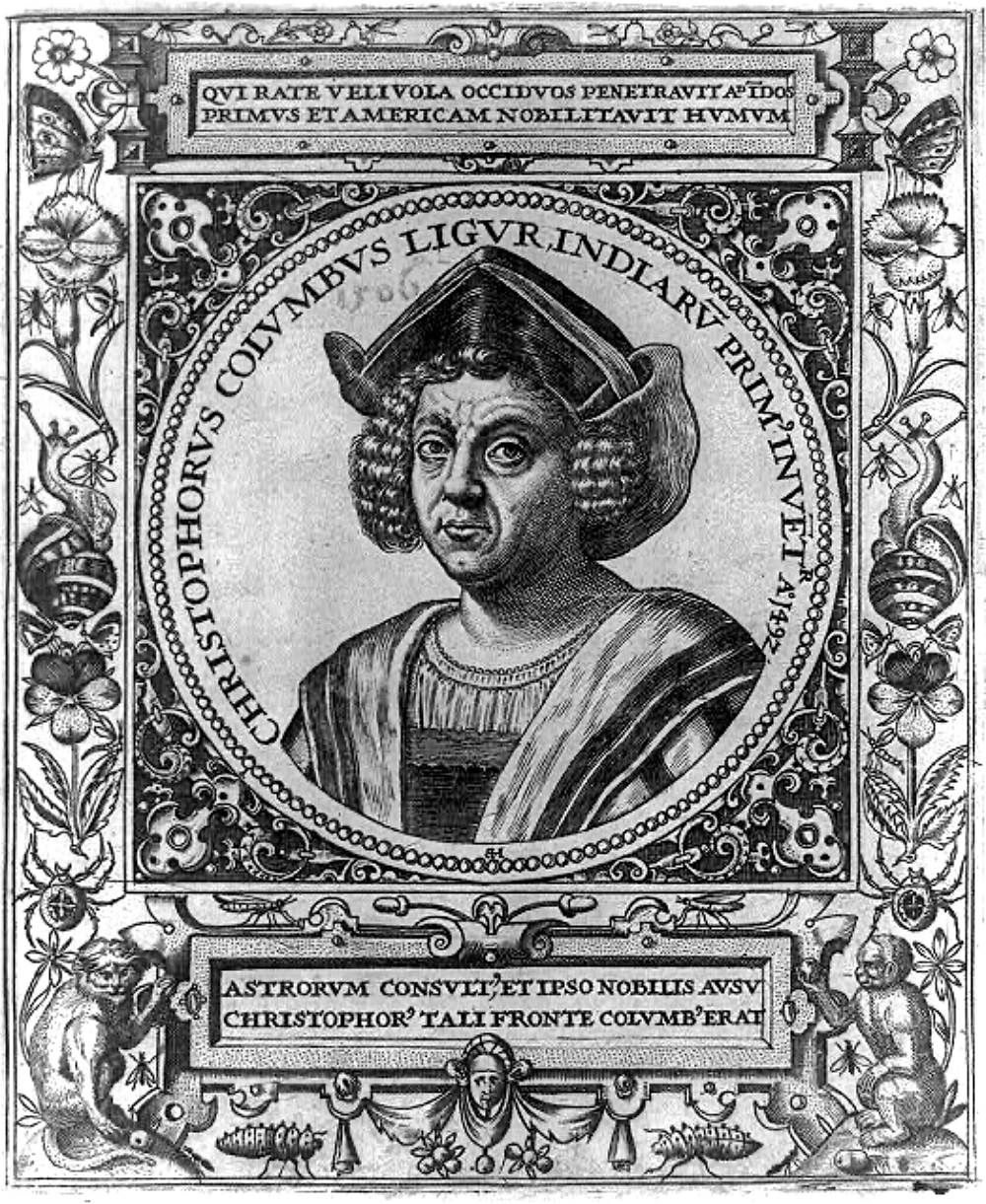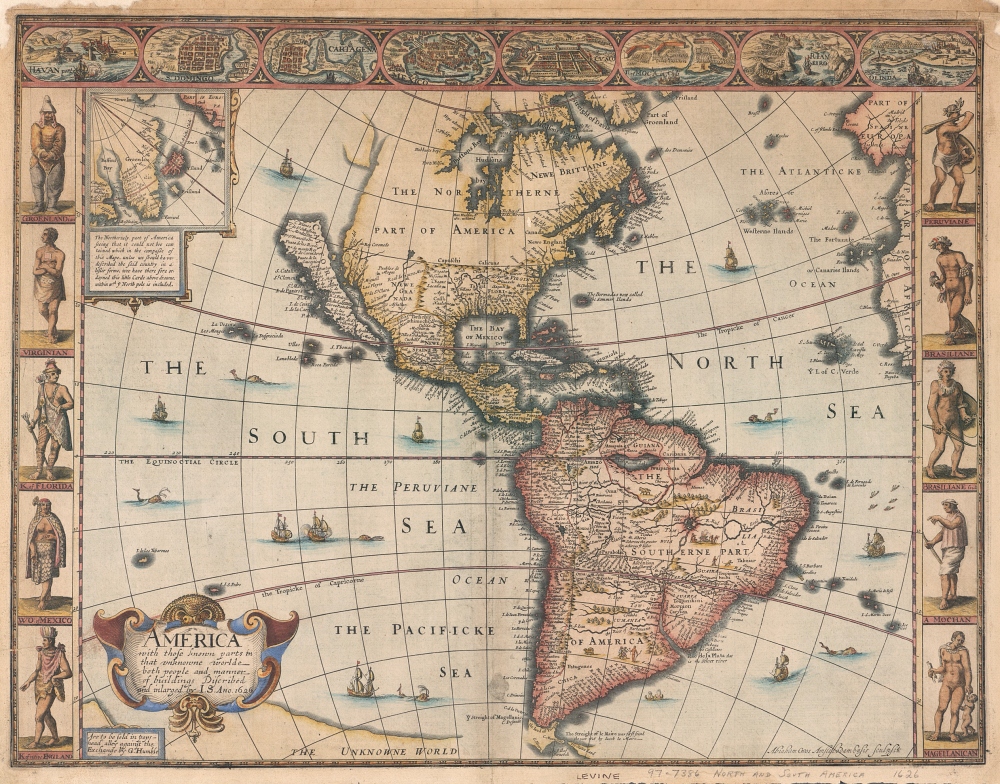Italian Sailors Knew of The New World 150 Years Before Columbus
Previously only Northern Europeans had been known to mention this “mainland” area.
“In 1492 Columbus sailed the ocean blue” goes the famous poem. For many, the idea of Columbus sailing is the beginning of an international world. He is credited with the gumption to have secured royal funding and then to have sailed and reported back on the New World he found. But, new evidence now shows that a fellow scholar had reports from Italian sailors of the Americas- 150 years before Columbus made his first voyage.

The writing in question, Cronica universalis, was made by a Dominican friar in Milan named Galvano Fiamma. He was a chronicler of the times in an era when many people didn’t even know how to read. The document was discovered in 2013, but was only recently translated and studied by, Paolo Chiesa, a Medieval scholar and professor at the University of Milan.
A new study by Chiesa recently published in the peer-reviewed journal, Terrae Incognitae, outlines what was found in Fiamma’s writings. The area in question Fiamma refers to as “terra que dicitur Marckalada”, the land called Markland described as being west of Greenland, most uncommon for a writer in Southern Europe at the time.

Chiesa speculates that it was most likely Genoese sailors that informed Fiamma of this new land since Genoa was the nearest major port city. The description of Markland offered in the 14th century text describes a land that sailors knew of, but that no one had properly described.
The Cronica universalis dates from between 1339–1345 and was planned as a full series. However it was never fully completed. This could mean that this was the last writing that Fiamma ever undertook.
In a strange twist Markland is described as being a land of giants with houses made of stone so large that no ordinary man could have built them. Chiesa states that the, “Genoese might have brought back to their city scattered news about these lands, some real and some fanciful, that they heard in the northern harbors from Scottish, British, Danish, Norwegian sailors with whom they were trading.”

This was not the first time that Markland was described in print. There were also contemporary accounts from Icelandic sources of the place called Markland as well. As early as 1308 in the Hauksbók, an Icelandic encyclopedia and book of notable sagas, Markland was detailed as a heavily-wooded mainland with Skræling inhabitants, what Icelanders called indigenous peoples of Greenland and North America in those days.
Several other 14th century texts, which predate Fiamma’s description of Markland, also tell of the Americas. However, Cronica universalis is the first aside from Scandinavian sources to do so.

Cronica universalis has never been published in full, but there are publishing plans in the works through the University of Milan, though the tome used for this study is privately owned.
SKM: below-content placeholderWhizzco for DOT

